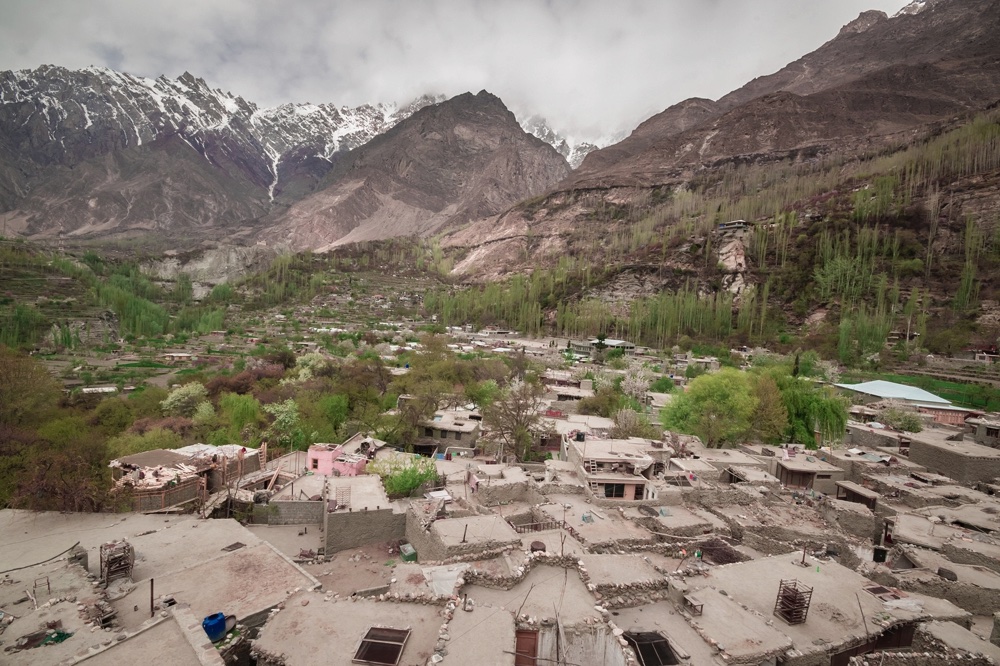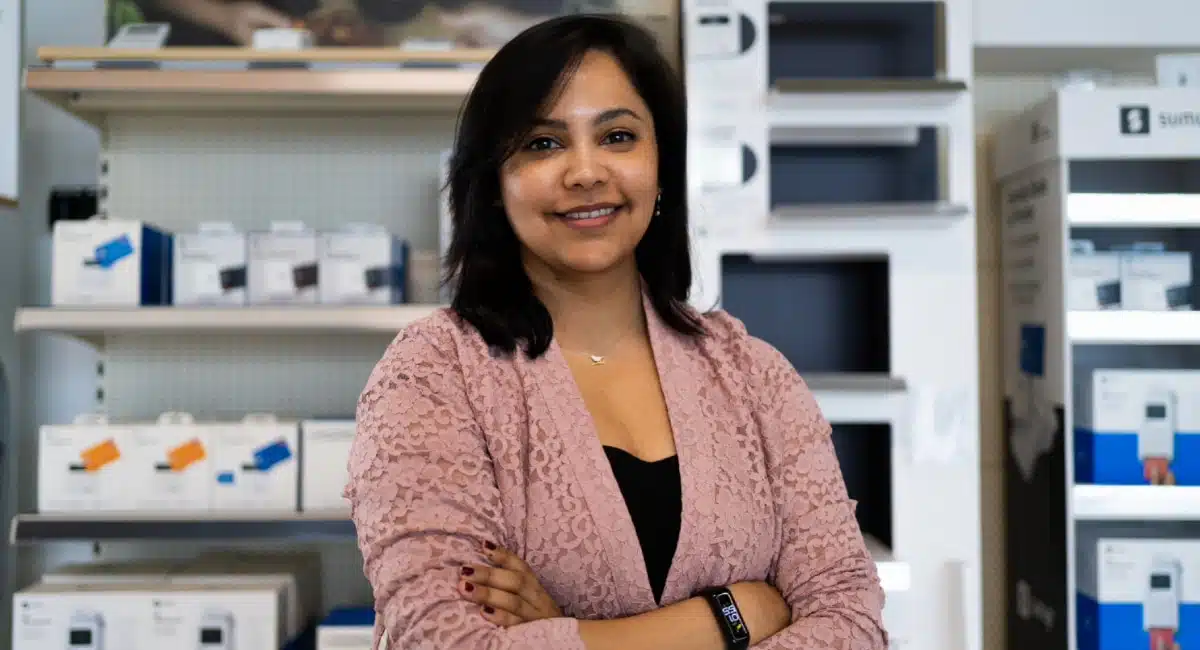Since 1947, Pakistan’s banking sector has come a long way. The current estimated population of Pakistan exceeds 182 million out of which roughly only 7% use banking services. With a network of 12,000 branches across Pakistan the banking footprint is well established, but has also been deemed insufficient.
Taking into account the rapid growth of population along with the fact that 93% of the population do not use banking services a step had to be taken to tap into the unused market. With this in mind State Bank of Pakistan (SBP), the regulatory body of the banking sector, realised the need for such a technology to attract the lower income and rural population towards banking and when the opportunity presented itself in the form of mobile banking SBP without hesitation grasped it.
Telecoms partners with banks
Globally, there are various models followed for mobile banking. In Pakistan, the One-to-One model is followed, where a telecom company partners up with a financial institution to provide mobile banking services. The service was introduced in 2008 with Telenor and Easypaisa leading the way. The service allows for regular banking transactions such as deposits, withdrawals, payment of bills, and so on to be done through mobile phones.
Since then, Zong, Mobilink, and Ufone have also joined in creating their own platforms for mobile banking. In order to grasp a bigger network cross collaboration has taken place among various stakeholders in the mobile banking infrastructure.
One of the biggest collaborators, the government has started to use the platform to make and receive payments. Instead of using post delivery or over-the-desk payment government pays a lot of its salaries in rural areas through mobile banking. It also uses the platform to disburse social security payment such as Benazir Income Support Program, which reaches to about 5.5 million families.
Does mobile banking actually reach the lower-income citizens in Pakistan?
Studies show that mobile banking has been quite beneficial for people in the rural, lower-income areas of Pakistan. In its first year of operation, 41% of Easypaisa’s users lived on less than $2.50 per day and about 70% lived on less than $3.75 per day. A major reason for this is the fact that there is a correlation between having a low-income and not having a bank account. But when such a simple and easy way to banking was introduced the low-income population seized the opportunity.
The most popular service of mobile banking used by the low-income population is money transfer, receiving of funds, as it is secure and fast. Funds transfer facility accounts for 48% of transactions and 68% of the value of transaction in mobile banking, according to SBP.
Mobile banking has allowed the banking sector of Pakistan to tap into a market it could not reach with just branch banking. Initially starting with about 20,000 retail agents with Easypaisa, it now comprises of over 159,500 agents who make around 798,000 transactions on a daily basis. These figures alone show the significant impact mobile banking has made in Pakistan giving access to banking to the otherwise “unbanked”.




